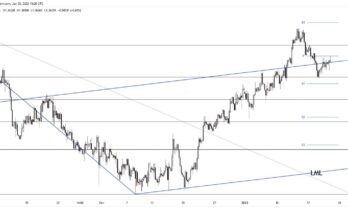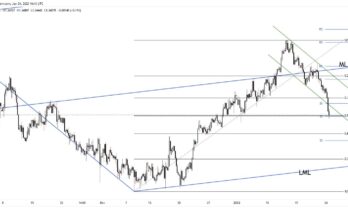A stellar US non-farm payroll report showed that the private sector created 321,000 jobs in November with the unemployment rate remaining steady at 5.8%, representing the largest monthly job gain since January 2012. The rise in jobs can partly be attributed to seasonality as Fedex and UPS increased hiring in preparation for the holiday season. Jobs data was revised upward as well by 44,000 for September and October combined.
The labor participation rate was unchanged at 62.8% while wage growth on a monthly basis edged higher to 0.4% from 0.1% in October. The slight increase in wage growth, coupled with lower oil prices provides a boost to household spending power. In other data, trade balance was largely ignored by markets which rose more than expected to $-43.4B from consensus of $-41.50B and October factory orders is on tap later this morning. Stock futures are broadly higher in premarket trade and en route for its seventh consecutive weekly gain as support mount for the case of higher interest rates in the US which is showing signs of resilience against a backdrop of weakening global growth outlook in particular in China and the euro zone.
North of the border, in its employment report, Canada lost 10,700 jobs in November compared to the gain of 43,100 jobs in October and the unemployment rate moved to 6.6% from 6.5% the previous month. International merchandise trade surplus also disappointed at $0.1B against estimates of $0.20B. The Canadian dollar has received little support from Ottawa’s decision to approve the merger between Burger King and Tim Hortons and with a weaker than expected jobs report could test year-to-date high of 1.1467. Oil prices resumed its decline to $66.53 a barrel as Saudi Arabia in its effort to protect its market share lowered prices for its Asian and US buyers overnight.
Moving across the Atlantic, the outlook for the euro-zone remain dim as evidenced by the press conference held by ECB President Draghi on Thursday where GDP and inflation outlook were revised lower for the remainder of 2014 and 2015. For 2014, inflation is expected to run at a pace of 0.5% while the economy is forecasted to expand at 0.8%. In 2015, GDP growth was lowered from 1.6% to 1% and inflation to 0.7%.  The outlook did not take into account the recent collapse in oil prices and its impact on the economy. Thus, a further decline in oil prices could lead the ECB to strike a more dovish tone.
There was no commitment to engage in quantitative easing (QE) until early 2015 as the central bank felt that the impact of its latest measures have yet to reverberate through the euro zone with another allotment of long term loans scheduled for Dec. 11 in its efforts to boost its balance sheets towards the 1 trillion euro mark. The ECB could face opposition from the German Bundesbank to launch a QE program as Bundesbank President Jens Weidmann has declared that QE could violate EU laws and what has been a success in the US may not have the same success in Europe as the euro zone lacks a central state that issues bonds “that are very safe and secure.â€
In economic news, despite German factory orders rebounding in the month of October from Septembers’ negative reading of -1% to 2.5%, the Bundesbank has halved its growth forecast for 2015 to 1%. Eurostat released figures which showed euro zone grew 0.2% in the third quarter, in line with estimates. The euro remains stable ahead of non-farm payroll report.
The pound is trading flat on the day with no significant data on the docket with the exception of consumer price inflation which edged up a tick to 1.3% from the five year low of 1.2% in September. In a survey by Gfk, 37% of Britons now anticipate the Bank of England to raise rates at some point over the next twelve months, compared to 49% in August.
In our latest podcast, we preview December’s big events, talk about the importance of jobless claims, the crash in oil prices and GOFO going negative:
Download it directly here.



